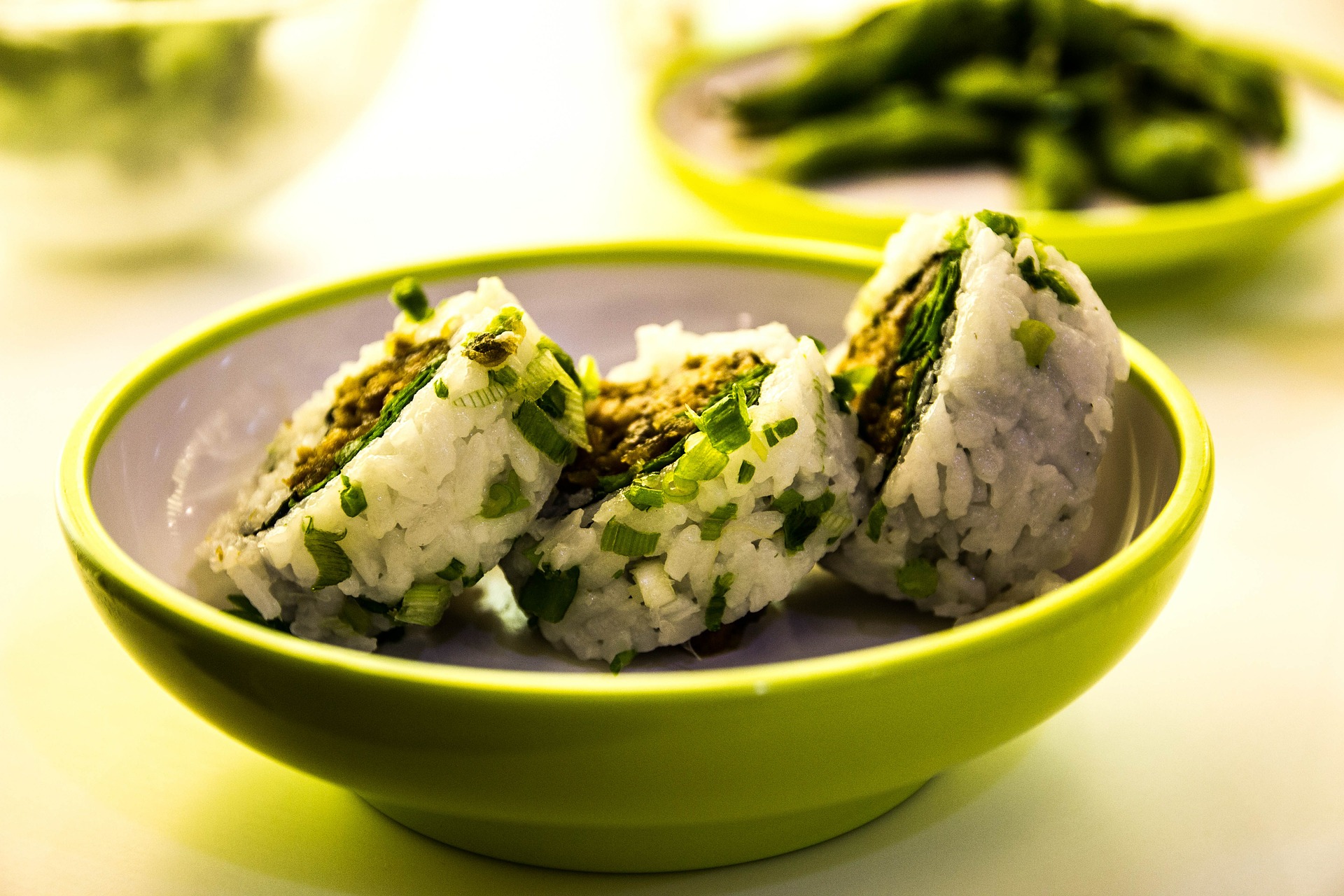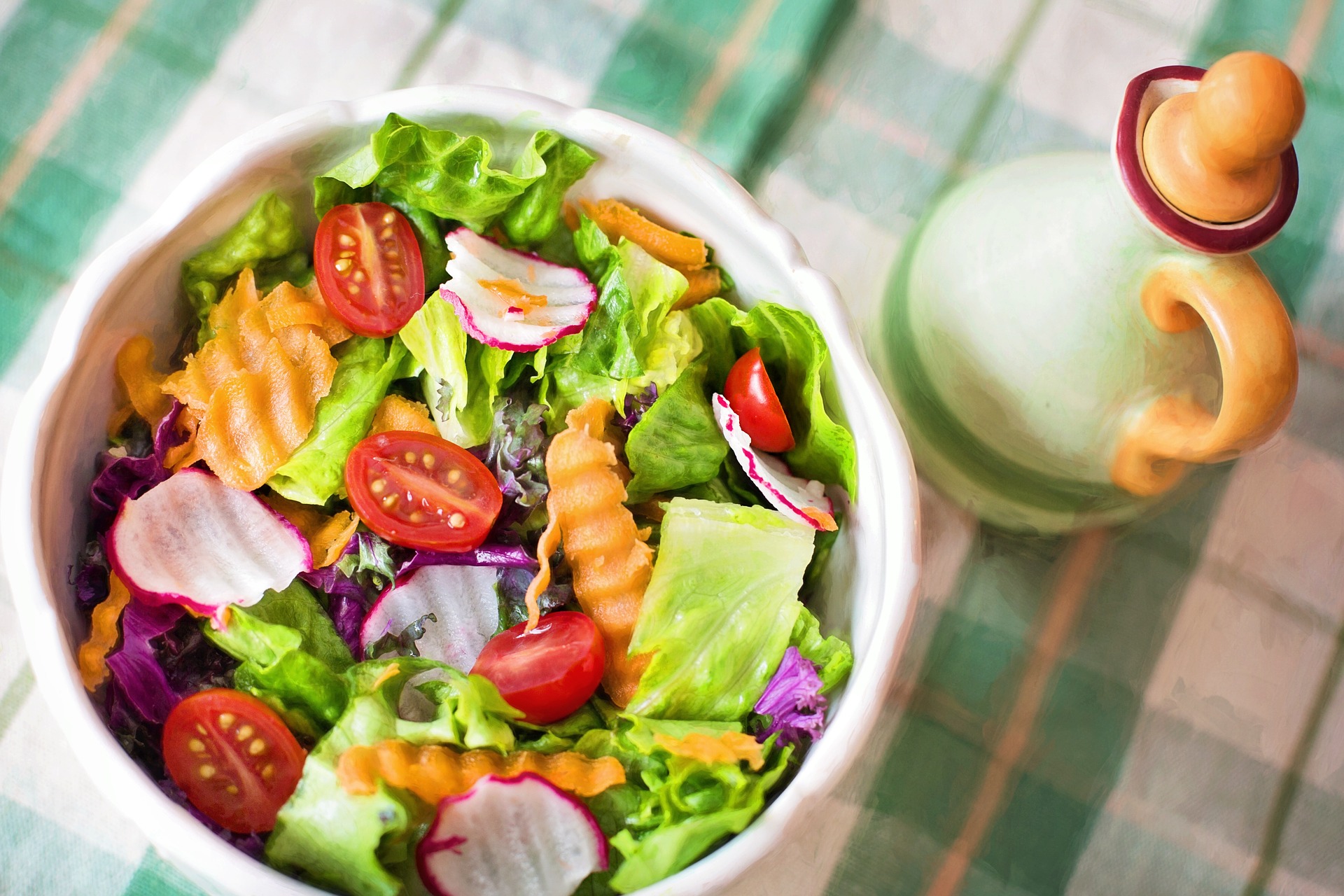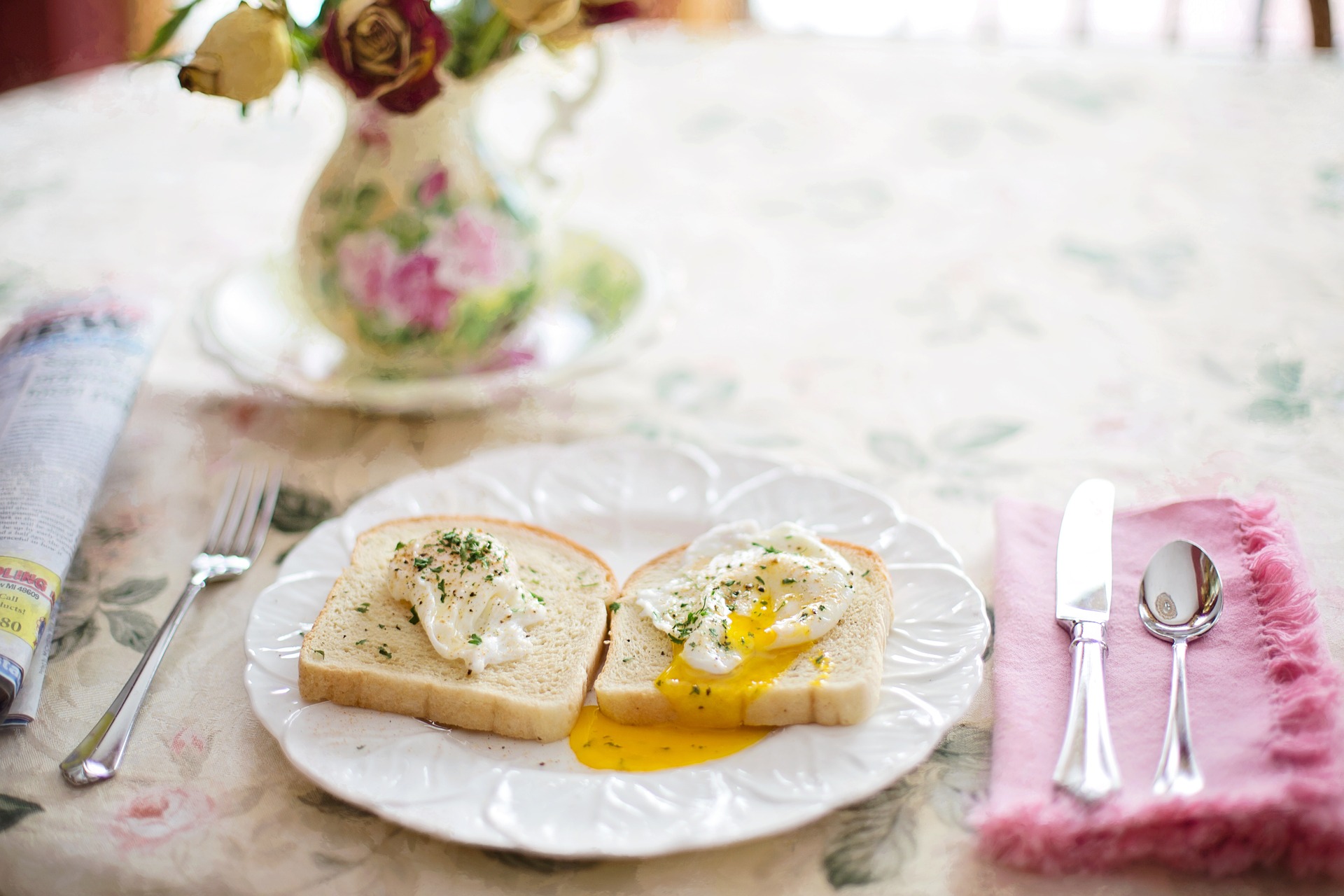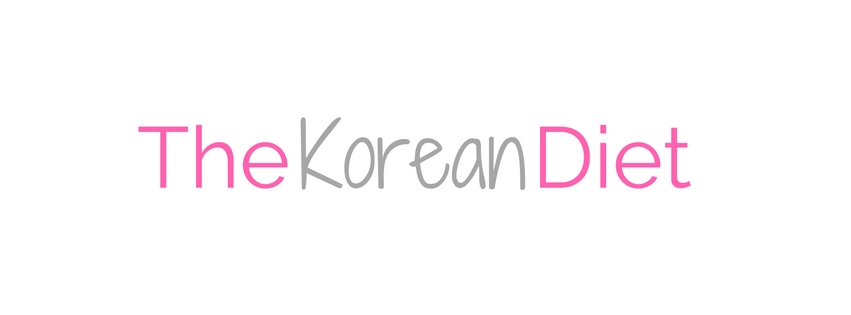You want to learn how to get your own food or diet blog up? This in-depth article might be exactly what you need to finally get started.
The food niche is huge at the moment and diets will always be in trend. No matter if you want to showcase your cooking recipes, or if you want to help others to lose weight. Or maybe both.
You might think that you don’t stand a chance with all the competition out there, but in reality your food blog might be exactly what thousands of foodies are waiting for. It is time to inspire others with your knowledge about food and recipes.
Note: Some of the links in this article are affiliate links and we will get a small commission, when you buy something by clicking through them. There is no extra cost for you, though, and in most cases you might even save some dollars. This supports our website and helps to spread the word about Korean food and its health benefits.

A short overview on how to start you own food blog
If you don’t have time for the entire post, please at least read the bullet points to get an idea on how you can get started with your online food or diet empire.
- Research – Niche selection, topic, unique angle
- Setup – Get your own domain name and blog host, install WordPress and choose a template
- Content creation – Create unique content for your readers
- Promotion – Promote and share your content with the world and make it go viral
- Inspire others – The difference between an average blog and an inspiring one
What you will find here in this article is, by no means, a complete guide on how to start a food blog. But after reading everything, you should be able to know enough to be able to get started. And getting started is, in our experience, the most difficult and most important step. If you want to start your own food blog and want to have even more detailed information on how to make your own blog successful, please check out Food Blogger Pro by Lindsay and Bjork Ostrom from Pinch Of Yum.
1. Research: The topic and unique angle of your food blog
If you are thinking about getting your own food blog up, you probably already have a rough idea about what you want to write about.
Because there are so many blogs already, it will be very difficult to be successful with a very broad topic. Therefore, you have to find your niche. Your unique angle on food and/or eating.
It is even better, if you have a personal story that you can tell together with your recipes and/or diet tips. This is not only good for trust, but also for branding purposes.
Action item: Ask yourself, how you can be different than other food blogs.
You don’t have to have the perfect plan, at this stage. As long as you have a basic idea, you are good to go. And you can adjust things on the way. Your readers will help you a lot with finding the best way.
You don’t need a business plan for this, that’s what makes starting a blog so easy. Getting started is the most important thing.
Action item: Schedule one day, for visiting the best food blogs online and think about what you could do better or different.

2. Setup your hosting and publish your first food blog
Now that you know what you want to write about, you have to setup you food blog.
This part is, for many new bloggers, the most difficult and challenging one. But the process of setting up your own blog is actually quite simple and straightforward.
If you want to do this in a professional way, than make sure you have the following three things down:
- A domain name that rocks – Meaning, the .com address that your visitors will type into their browser to get to your blog.
- A professional host for your blog – This will be the host that stores all your content, files and just everything.
- WordPress – This is the platform that will make it easy for you to manage your content uploads and design. WordPress can be installed for free. Usually with just one click.
Many new bloggers get lost here, because they think that getting a proper host is either not necessary or to expensive.
Free alternatives do exist, but i cannot stretch enough how important it is that you get your own host. When your food blog gets bigger, you want full control and ownership over your content and your internet asset. It is also better for your branding, to get a self-hosted website. Free alternatives will make your life extremely difficult in the long-run. And changing from free to self-hosted later is something that will give you a lot of headaches and problems later on. Just avoid this trap from the beginning and take food blogging seriously.
BlueHost is the company that I recommend, if you are new to blogging. They give you a free domain name for 12 month and are one of the most reliable and most-used web hosts in the US.
After purchasing your domain, you have to decide which WordPress template you want to use for your blog. A WordPress template, basically, takes care of the design of your blog.
Don’t get lost in choosing the right template, because you can always change it later, if necessary. This shouldn’t take to much time, because you should spend your time with other things related to your amazing food blog.
Choosing a WordPress template
- Free template – The best thing about WordPress is that you can find thousands of free templates online. Just find the one you want to use for your blog and you are good to go.
- Payed premium template – Payed templates are a premium version of the free ones and normally come with better design and more functions. If you have the money, you should have a look at Theme Forest, to get an idea on what is possible with your budget.
Think about the most important thing that you want your readers to see, when they visit your food blog. This includes the readability of your blog, the position of your logo, color options and just everything else related to design.
3. Create unique content: Its time to make cool and interesting things
You might have heard the term “content is king” and it is just so true. The content creation part will be the most important for a successful blog. If you have unique and cool stuff on your blog that your visitors love and enjoy, you will be successful. The content you create can be in any form: Written, photography, infographics, videos, podcast, etc. Just do it in the format that is most comfortable for you. If you are a good writer write, if you are good with videos make videos.
The best, of cause, would be if you can mix up all the different content formats, because that would be more interesting to your audience. It also gives you the chance to reach more people with your content. But you can do this step-by-step.
Create unique content
It is really important that you create as much unique content with high quality as possible. If you look at successful food blogs, you will see that their pictures are taken by themselves. They create their content and pictures with love. And so should you. Your readers will love your detailed work and search engines, such as Google, will reward you in their rankings, which will bring you even more visitors and craving fans.
How to make your food blog unique?
As i mentioned earlier, the unique angle of your food blog will be of great importance. And this angle you have to take in mind, when creating your content. You don’t have to reinvent the wheel, but a unique angle on your topic will make or break your efforts as a food blogger. Take in mind that your brand is more than just your logo and design. Its also your style of writing, your emails, pictures, video editing, your personal take on food, etc.
Start a mailing list on day one
The best way to grow your email list, is to give something away for free. Your visitors will love free stuff and it doesn’t have to be a free cook book or something to difficult. It can be simple cooking tips, a meal plan, etc. The success of your blog and the number of email subscriber you will have will go hand in hand. Because the money is still in the email list. Think about it. Visitors who give you their email, are the ones who love your content the most and are more likely to follow your advice and recommendations when it comes to purchasing something.

4. Promote your content all the time and everywhere
You might ask yourself, where you get traffic from when you start with your food blog. How does people find you brand new and amazing blog? The following three ways will make up for most of your traffic:
- Search engine traffic: You can get traffic from search engines like Google. But it will take a while until you will actually rank well for certain keywords, because of the competition out there. This is another reason why you have to choose your topic wisely. Some food niches are less occupied than others.
- Social Networks: Another source for traffic will be your social media channels. Instagram, Facebook, Snapchat, Pinterest and others will help you to promote your content and to get it infant of the right people.
- Guest blogging: Contact other food blogs and offer them guest post, where you write an article or a food recipe for their blog. It is a wonderful way to get in front of people, who might be interested in your content. Add a link in the post that leads to your blog and you will get traffic from that guest post.
5. Inspire others with your food blog
Food blogs really can make a difference in peoples life. Educate and inspire people to live a life with better food and healthier eating habits. You can be the voice, who tells people how to eat healthier, on a budget or just better. Maybe you want to start a food blog that is specialised locally and reviews restaurants in your area. You can change lives with your content, if you want to.
A lot of people are not well educated about food and they just don’t know how to cook a healthy meal. Be the one who helps them and you will see how thankful they will be. The more people you can help, the more money you will make from your food blog. Always put your visitors first and solve their problems. Really good blogs are all about the customer satisfaction and so should you.
You will inspire your visitors to live a better and healthier life.
Which tips do you have for new food bloggers?
Please let me know which others things are important for someone, who wants to start a food blog. Any advice is appreciated and will help our readers to get their own food or diet blog started.


